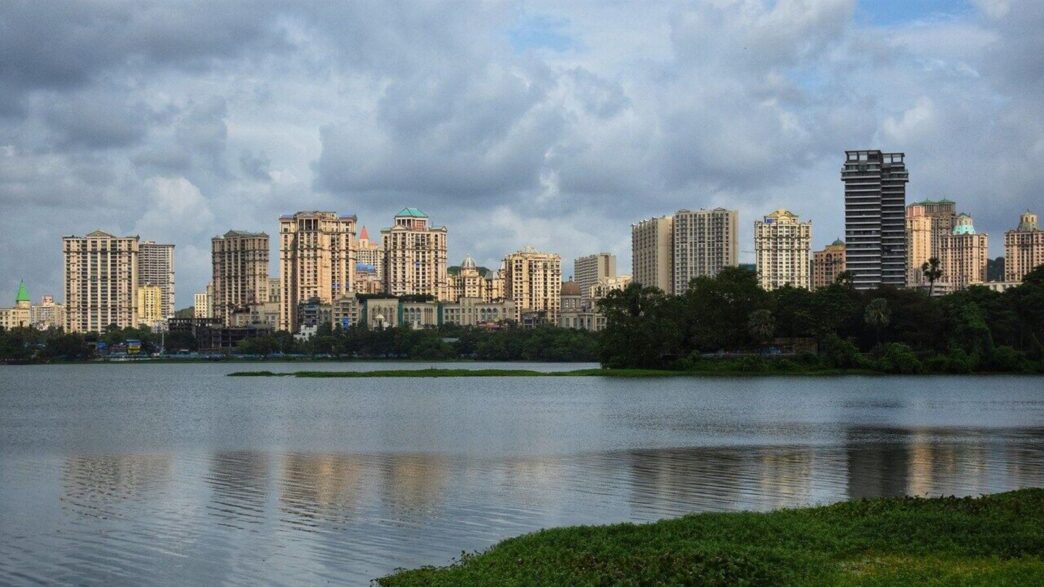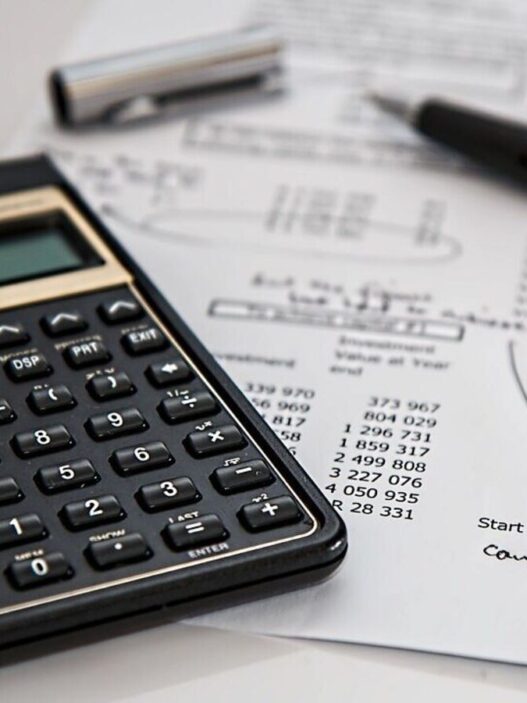The rate for the state, excluding Mumbai, has gone up by an average of 4.39%, while the financial capital’s RR has increased by 3.39%.
These rates are used as a benchmark to charge stamp duty and other taxes related to real estate transactions. They are usually revised each year based on property transactions, development projects and market trends in the previous year.
Since the rates are determined on the basis of property transaction values of the previous year, among other factors, the year-on-year change reflects the actual appreciation or depreciation in the real estate market.
According to Bhoumick Vaidya, equity partner at Shardul Amarchand Mangaldas & Co, this year’s increase in RR rates has captured the growth in real estate prices since Covid.
“In Mumbai, the prices have, in fact, gone up, but the RR rate was not increased in the last two years,” Vaidya said.
Mumbai real estate trends
At 3.39%, the increase in Mumbai’s RR rate is third lowest among the 28 municipalities listed in the government’s circular on revised rates. The state government has revised RR rates separately for municipal, rural, and nagar panchayat areas. Mumbai is not included in any of these zones and is treated as an individual area (Brihanmumbai Municipal Corporation or BMC).
Municipal corporation areas outside Mumbai registered an average increase of 5.95%. Some of the municipalities with the highest increases include Thane, Nashik and Navi Mumbai, which have gone up by 7.72%, 7.31% and 6.75%, respectively.
Mumbai recorded a phenomenal increase of 15% in the RR rate in 2015, according to data for the past 10 years. Since then the rates either grew marginally or stagnated.
In 2017, the rate was increased by 3.95%, and it remained unchanged in 2018 and 2019. The Inspector General of Registration and Controller of Stamps said in its circular that the rate was left unchanged considering the recession in the fixed income sector for two consecutive years (FY19 and FY20).
In 2020, Mumbai’s RR rate fell by 0.6% in the wake of the pandemic, which continued through FY22. As per the state government’s data, Mumbai was the only city where the RR rate dropped during this period. In the other key markets of Pune and Nashik, they rose 2.79% and 2.08%, respectively.
Since then, Mumbai’s RR rate has increased gradually, but it continues to pale in comparison to other major cities in Maharashtra. Mint’s calculations show that Mumbai’s 10-year property price CAGR works out to only 3% on the basis of the RR rates (See grfx).
The trend in Maharashtra’s RR rates is corroborated by the Reserve Bank of India’s Housing Price Index (HPI), which has increased by 2.8%, 3.8% and 3.1% in the third quarter of FY23, FY24 and FY25, respectively.
RBI’s HPI tracks changes in housing prices based on transaction-level data received from the registration authorities in 10 major cities – Ahmedabad, Bengaluru, Chennai, New Delhi, Jaipur, Kanpur, Kochi, Kolkata, Lucknow, and Mumbai.
Property sold below RR rate
In the case of distress sales or in areas without a substantial increase in prices, property may end up being sold at a rate lower than the RR rate. In this case, since the RR rate is the minimum market value on which stamp duty applies, the property owner must prove to the registrar that his property’s fair market value (FMV) is lower than the RR rate.
This is important because stamp duty and other taxes have to be mandatorily paid on the circle rate.
“The owner can apply for adjudication under the Stamp Act with the registrar before selling the property. They will have to justify why the property is being sold at a lower value than the circle rate. The registrar will evaluate the case and decide whether the actual selling price can be allowed as FMV or not for stamp duty calculation and income tax purposes,” said Vaidya.
If a property is sold without applying for adjudication, stamp duty will be applied on the RR rate. That’s not all, there are challenges on the income tax front too.
As per the Income Tax Act, when the difference between the selling rate and the RR rate exceeds 10%, both the buyer and the seller have to pay additional taxes.
The buyer has to pay tax on the difference between the actual sale value and circle rate under income from other sources as the tax department sees the difference as deemed consideration, meaning the balance amount was paid in some other form and hence taxes it.
The seller may have to pay capital gains tax as per the RR rate.
As per the IT Act, these additional taxes don’t apply if the difference between the FMV and RR rate is less than 10%. However, there have been instances of sellers getting enquiries from the IT department even when the difference was less than 10%, said Vaidya. Hence, it is better that sellers apply for adjudication to avoid this.
Moreover, stamp duty has to be paid on the circle rate, irrespective of the 10% limit, unless the owner gets a favourable order from the registrar and his selling price is accepted as the FMV.












